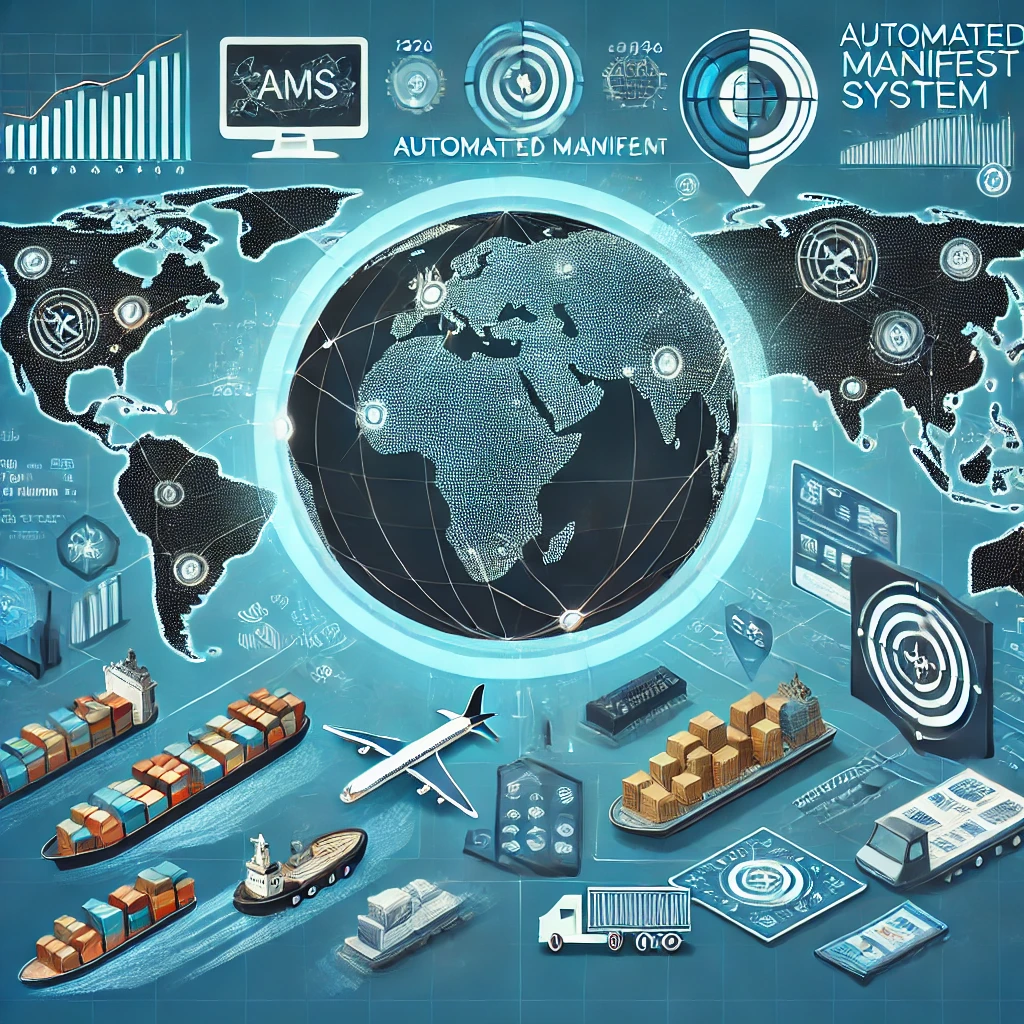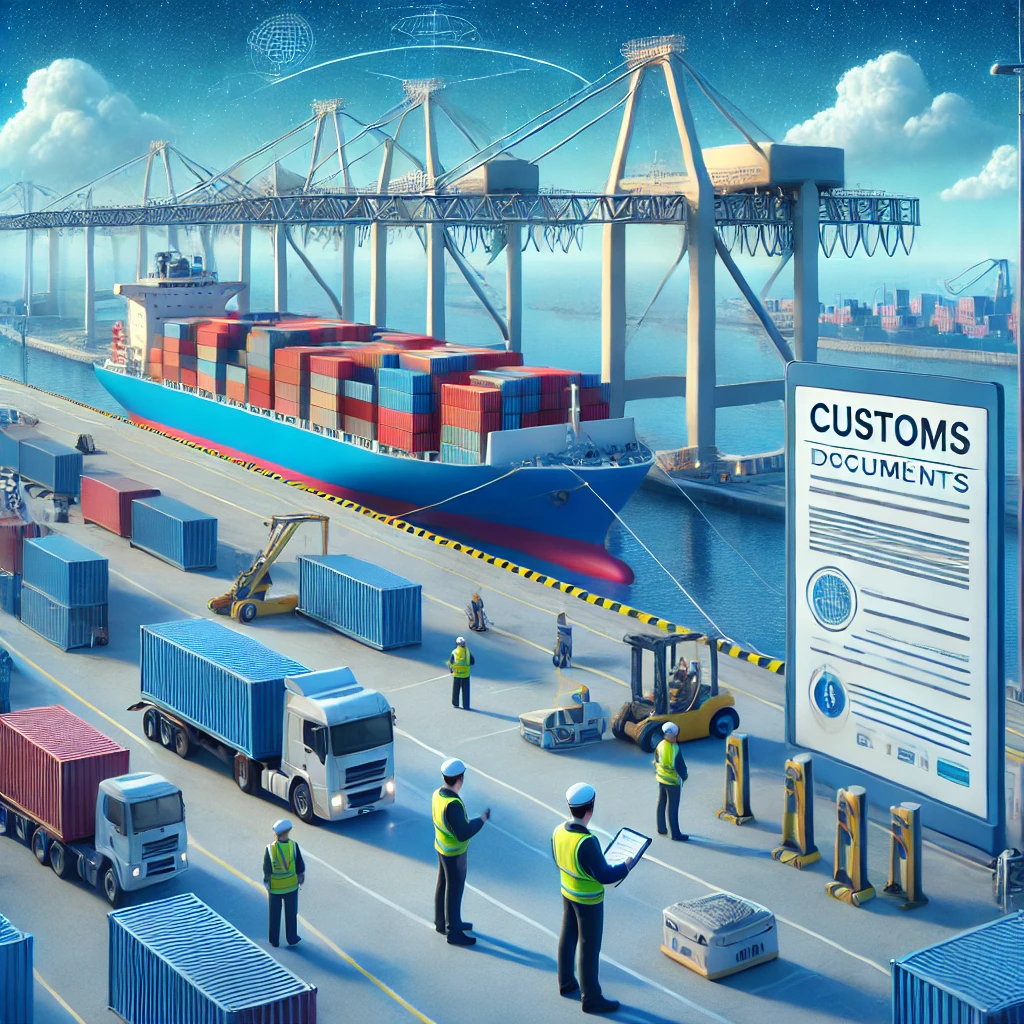Breaking Down AMS Meaning
This article provides a detailed explanation of AMS, highlighting its key features, practical applications, and relevance for businesses involved in global trade and customs compliance.

What Is AMS (Automated Manifest System)?
AMS (Automated Manifest System) is a U.S. Customs and Border Protection (CBP) electronic filing system designed to streamline cargo clearance and security processes for shipments entering or leaving the United States.
AMS requires carriers, freight forwarders, and customs brokers to submit electronic shipment details before cargo arrives at U.S. ports.
Key Functions of AMS
Function | Description |
Pre-Arrival Cargo Filing | Submit cargo details before entry into the U.S. |
Customs Clearance Acceleration | Reduces processing delays at ports and borders. |
Security & Compliance Monitoring | Helps U.S. CBP prevent unauthorized shipments. |
Automated Data Processing | Streamlines cargo documentation and reduces paperwork. |
Key Features of AMS
1. Electronic Data Submission
- AMS allows digital cargo filings, reducing manual paperwork.
- Ensures compliance with U.S. import/export regulations.
2. Faster Customs Clearance
- AMS helps speed up customs processing for inbound shipments.
- Reduces the risk of delays and penalties for non-compliant cargo.
3. Enhanced Cargo Security & Risk Assessment
- U.S. Customs uses AMS to analyze high-risk shipments.
- Helps prevent illegal trade, fraud, and smuggling.
4. Integration with Importer Security Filing (ISF)
- AMS works alongside ISF 10+2 to improve cargo visibility.
- Provides importers with real-time shipment tracking.
5. Compliance with International Trade Regulations
- Required for all sea and air shipments entering the U.S..
- Helps logistics providers meet global trade compliance standards.
Practical Uses of AMS (Automated Manifest System)
1. Freight Forwarding & Cargo Processing
- Ensures seamless international shipping and customs clearance.
2. Import/Export Compliance & Trade Security
- Helps businesses meet U.S. import regulations and avoid fines.
3. Supply Chain Visibility & Logistics Optimization
- Tracks real-time cargo movement and transit status.
4. Customs Brokerage & Shipping Documentation
- Assists customs brokers with ams meaning pre-clearance approvals.
5. Intermodal Transport Coordination
Works with ocean, air, rail, and trucking logistics.

Advantages and Challenges of AMS
Advantages | Challenges |
Speeds up customs clearance for U.S.-bound shipments. | Strict compliance requirements can lead to fines if not followed. |
Enhances trade security by preventing illegal cargo entry. | Requires digital integration with logistics management systems. |
Reduces paperwork with automated cargo filings. | System errors or incorrect filings can delay shipments. |
Improves supply chain visibility with real-time tracking. | Not applicable to all global markets outside the U.S. |
AMS vs. ISF (Importer Security Filing)
Feature | AMS (Automated Manifest System) | ISF (Importer Security Filing) |
Purpose | Pre-arrival cargo declaration | Pre-arrival security filing |
Who Files? | Carriers & freight forwarders | Importers or customs brokers |
Required For | Ocean & air shipments to the U.S. | Ocean freight only |
Customs Processing | Helps speed up clearance | Reduces security risks |

When to Use AMS?
- Best for freight forwarders, carriers, and customs brokers handling U.S.-bound cargo.
- Ideal for businesses looking to reduce shipping delays and ensure compliance.
- Recommended for importers/exporters managing large-scale global shipments.
- Not required for shipments that do not enter U.S. territory.
Conclusion
The Automated Manifest System (AMS) is a crucial tool for customs compliance, cargo tracking, and supply chain efficiency in the U.S. import/export industry.
By integrating electronic data submission, security monitoring, and customs automation, AMS helps logistics professionals streamline operations and minimize clearance delays.
Whether you’re a freight forwarder, importer, or logistics manager, using AMS ensures smooth trade compliance, enhanced cargo visibility, and reduced shipping risks.
